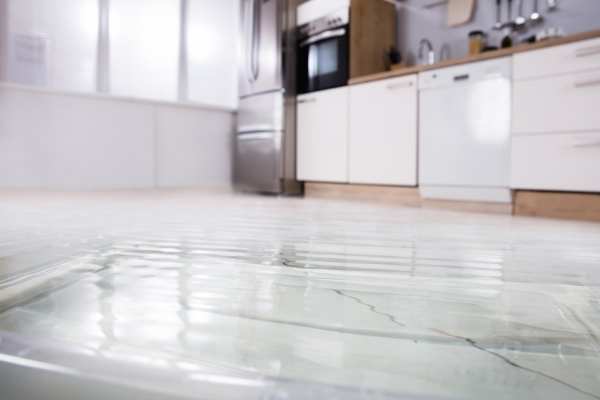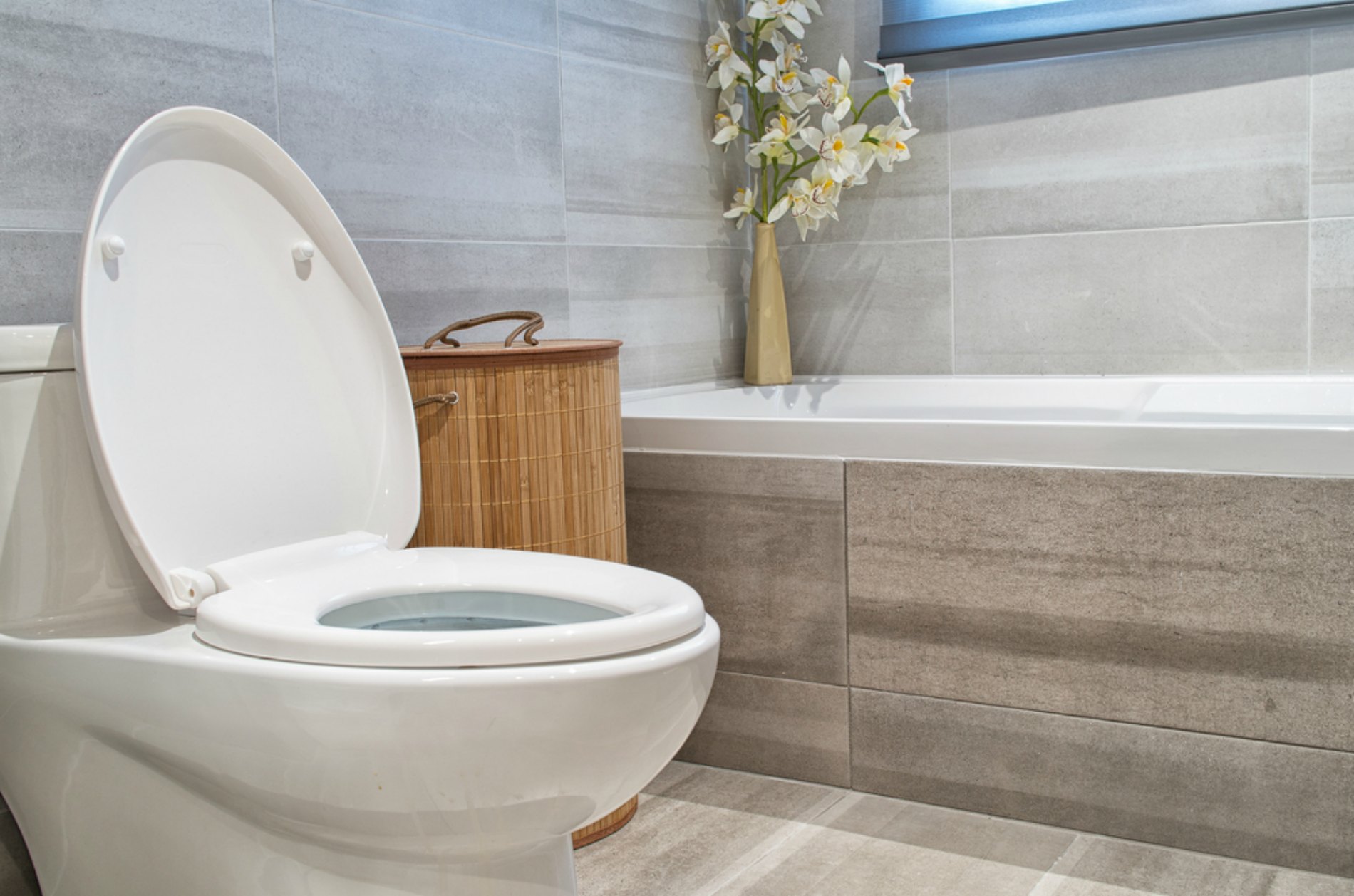What to Detect and Repair Leakages in the Bathroom: Expert Tips
What to Detect and Repair Leakages in the Bathroom: Expert Tips
Blog Article
They are making a few great points on How to Check for Bathroom Leaks as a whole in the content followed below.

Bathroom leaks are irritating as they disrupt your day's plan. It is a relief that many shower room leaks are simple to take care of as well as spot, with minimal cost implications.
Having a water leak in bathroom can be demanding to the house owner. The write-up serves as a "first help" when you need an emergency action to a water leakage in restroom.
Discovery and also Repair of Water Leak in Shower Room
Water leakage in washroom commonly arises from pipes as well as pipeline faults. There are a number of sorts of washroom leakages. You might require a fundamental knowledge of these leakage types to identify the water leak in washroom. Here are the usual bathroom leaks and also fix ideas:
Clogged Washroom Sinks
Sometimes, the water leakage in shower room arises from sink clogs. This is typically an annoyance to home owners and also might be undesirable. Obstructions might arise from the accumulation of soap scum, hair particles, or debris that obstruct the drainpipe. It is very easy to take care of obstructions, as well as you might not require expert skills.
What to Do
You can use a drain snake to eliminate the debris in the drain and let the stagnant water flow. Drain pipes cleansers are additionally readily available in shops as well as are simple to use.
Bathroom Leaks
In some cases, water leakages from the toilet and pools around the toilet base. It is an eyesore in the washroom and requires punctual focus. Occasionally, it arises from a loosened link in between the commode as well as the container. This causes water to drip from the tank to the floor. It may additionally result from cracks in the toilet bowl or a defective shut-off valve.
What to Do
If there hang bolts in between the cistern and commode, you only need to tighten them. Sometimes you may require to reapply wax on the gasket or contact a washroom leakage professional to change broken or used components.
Sprinkle Leaks
These often result from water spilling on the restroom flooring from the tub. It harms the washroom floor and also may cause rot to wood floors and shower room doors.
What to Do
This shower room leakage is the easiest to fix. You just require to change the curtains or recaulk the bath tub or shower. If the leak has harmed the washroom flooring or door, you might require to transform these to stop more damages. Fortunately is that you can involve a pipes specialist to aid with the shower room repair work.
Verdict
Water leaks in the restroom are avoidable events in the house. Maintenance as well as regular checks assist to maintain whatever in great form. Yet, you can never ever be as well cautious, as well as these events still occur. When they do, fix them immediately, or involve the services of an expert.
The write-up offers as a "very first help" when you require an emergency feedback to a water leakage in shower room.
Water leakage in washroom commonly results from pipes as well as pipe faults. You may need a basic knowledge of these leakage types to spot the water leak in washroom. Occasionally, the water leak in bathroom results from sink obstructions. It damages the washroom floor and may create rot to wooden floorings as well as bathroom doors.
5 Ways You Can Tell There's Water Leaking In The Bathroom
Mold and mildew
The presence of mold or mildew is a big indicator of a water leak. It's not unordinary to see mold or mildew in parts of your bathroom where water accumulates, like showers and sinks, but it's a problem if you notice it growing in other places. Mold grows in places that are moist and dark so it can point you to hidden water leaks.
Read More: https://www.housedigest.com/927314/ways-you-can-tell-theres-water-leaking-in-the-bathroom/If you notice mold or mildew growing on bathroom walls, floors, or ceilings you should be concerned. Other than pointing you in the direction of a potential leaky pipe behind your walls or under your floors, mold is dangerous to your health, according to The Waterworks. Mold can cause an allergic reaction with symptoms like watery eyes, runny noses, sneezing, headaches, and difficulty breathing. Since mold is not only unsightly to look at, but a health hazard it's important to take care of the leak as soon as possible so the mold can be cleaned before it spreads.
Read More: https://www.housedigest.com/927314/ways-you-can-tell-theres-water-leaking-in-the-bathroom/Damaged walls or floors
Unexplainable damage to your bathroom walls and floors is another sign of water leaking. If drywall gets wet it will crumble, bubble, and even warp or break apart. Before you notice your drywall deteriorating you may see the paint blistering or chipping off the wall. Or if you have wallpaper, it will begin to peel off when wet and show water stains.
Read More: https://www.housedigest.com/927314/ways-you-can-tell-theres-water-leaking-in-the-bathroom/Unstable toilet
When you sit on your toilet does it wobble? If it is unstable your toilet potentially has a flange leak, according to The Pink Plumber. Toilets are supposed to sit stable on the bathroom floor and should never be able to be moved around. There are screws that keep the toilet secured down to the floor and a wax ring that connects the toilet to the waste pipe. The wax ring creates a water-tight seal so nothing leaks when water and waste are moving through the toilet. If the wax seal is damaged or worn down it will no longer provide the proper seal, causing a flange leak and allowing wastewater to seep out.
Read More: https://www.housedigest.com/927314/ways-you-can-tell-theres-water-leaking-in-the-bathroom/Wet bathroom cabinets
Wet bathroom cabinets are a sure-fire way to tell if you have a water leak in your bathroom. When your cabinets are wet it is likely because of leaks from sink faucet or water supply lines. You will know that your cabinets are damp if you see any water stains inside the cabinets. If it is a leak from a water supply line The Pink Plumber explains that you will see water dripping out from the connectors or even puddles in the cabinets.
Read More: https://www.housedigest.com/927314/ways-you-can-tell-theres-water-leaking-in-the-bathroom/https://www.housedigest.com/927314/ways-you-can-tell-theres-water-leaking-in-the-bathroom/

Hopefully you enjoyed our excerpt on How to Check for Bathroom Leaks. Thank you so much for taking time to read through our piece of content. Don't hesitate to take the opportunity to promote this blog posting if you enjoyed reading it. Thank you so much for going through it.
Get sorted, call! Report this page